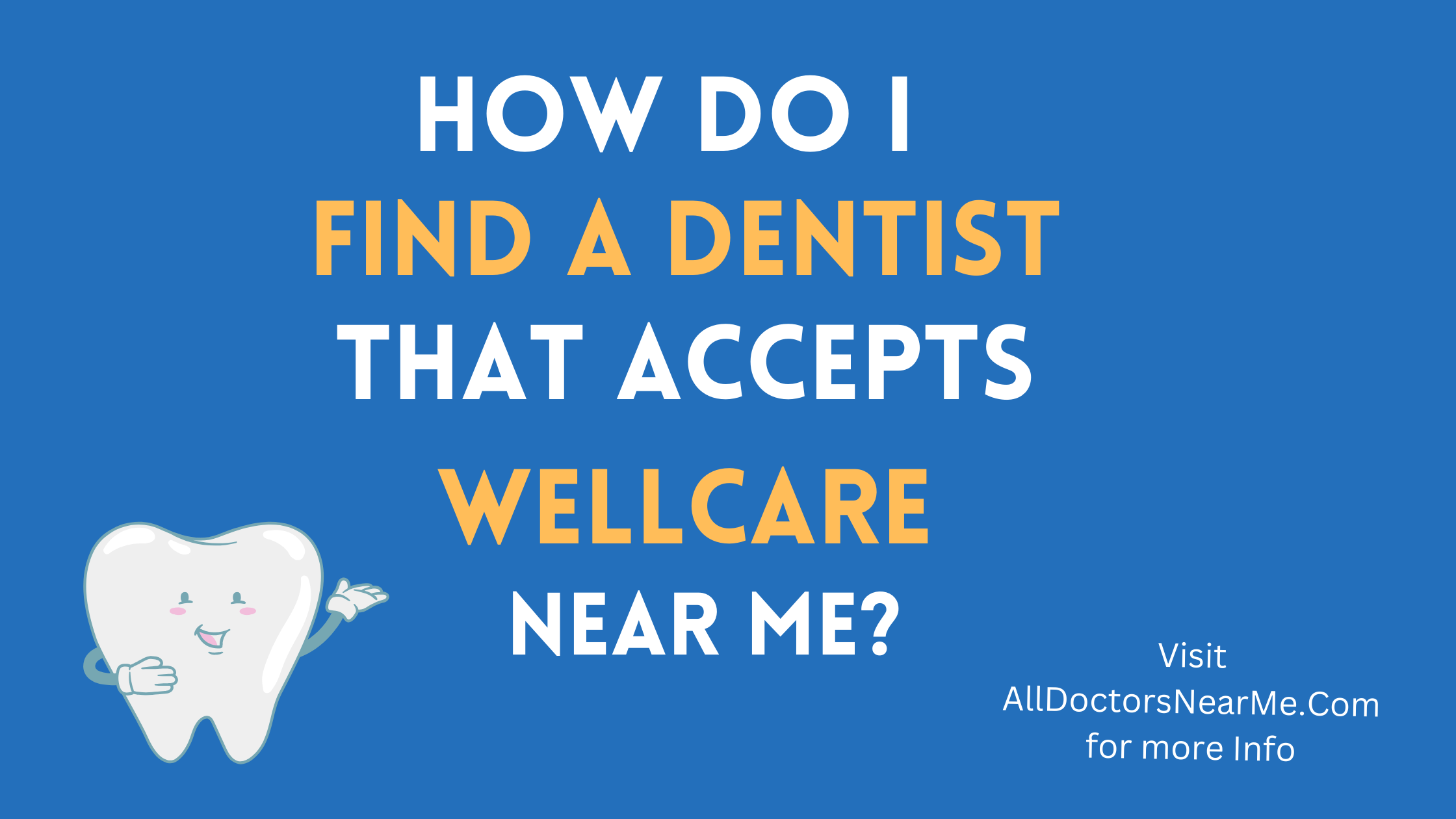Navigating the world of health and wellness insurance can feel like wandering through a maze. With all the options available, it’s easy to become overwhelmed. But understanding this vital aspect of personal finance is essential for anyone looking to prioritize their well-being.
Health and wellness insurance isn’t just about visiting doctors or covering medical emergencies; it’s about investing in your overall quality of life. Whether you’re seeking preventative care, mental health support, or alternative therapies, having the right coverage can make a significant difference.
This guide will break down everything you need to know— from types of plans and benefits to tips for saving money. Let’s embark on this journey together and unlock the secrets to making informed choices about your health insurance. Your well-being deserves it!
Understanding Health and Wellness Insurance
Health and wellness insurance encompasses a variety of coverage options focused on maintaining and improving your overall health. Unlike standard health insurance, which primarily addresses medical emergencies and treatments, this type of insurance emphasizes preventative care.
It can include services like routine check-ups, vaccinations, mental health support, nutrition counseling, and even alternative therapies such as acupuncture or chiropractic care. This broader approach helps individuals stay healthy rather than just treating illnesses.
Understanding the specifics of these plans is crucial. Not all policies are created equal; some may offer extensive preventive services while others focus more on traditional healthcare needs.
Being informed allows you to choose a plan that aligns with your lifestyle and wellness goals. Taking time to comprehend what’s available empowers you to make choices that enhance both physical and mental well-being throughout life’s journey.
Types of Health and Wellness Insurance Plans
When exploring health and wellness insurance, it’s essential to know the various plans available. Each type caters to different needs and preferences.
Health Maintenance Organizations (HMOs) provide a network of doctors and hospitals. They typically require members to choose a primary care physician for referrals.
Preferred Provider Organizations (PPOs) offer more flexibility. You can see specialists without needing a referral, but staying within the network saves you money.
Exclusive Provider Organizations (EPOs) combine elements of both HMO and PPO. They don’t require referrals like HMOs but won’t cover out-of-network care unless it’s an emergency.
High Deductible Health Plans (HDHPs) come with lower premiums but higher deductibles. These plans often pair well with Health Savings Accounts (HSAs), allowing you to save for medical expenses tax-free.
Short-term health insurance fills gaps during transitional periods. It offers temporary coverage when you’re between jobs or waiting for other insurance options.
Benefits of Having Health and Wellness Insurance
Health and wellness insurance offers a safety net for both physical and mental well-being. It allows individuals to access necessary medical care without the burden of high out-of-pocket costs.
One significant advantage is preventive care. Regular check-ups, screenings, and vaccinations can be covered, helping you stay healthy before issues arise.
Additionally, many plans include mental health services. This support is essential in today’s fast-paced world where stress and anxiety are common.
Having this type of insurance also encourages a proactive approach to health management. You’re more likely to seek help when needed, knowing that financial barriers are reduced.
Moreover, it can improve overall quality of life by providing peace of mind during unforeseen medical emergencies or chronic conditions. With comprehensive coverage, you focus on healing rather than worrying about bills piling up.
Factors to Consider When Choosing a Plan
Choosing a health and wellness insurance plan involves several important factors. Start with your specific health needs. Consider any ongoing conditions or treatments you might have.
Next, examine the network of providers included in the plan. Make sure your preferred doctors and specialists are covered to avoid unexpected expenses.
Cost is another critical element. Look closely at premiums, deductibles, and out-of-pocket maximums. Ensure it fits within your budget while providing adequate coverage.
Additionally, explore what services are included beyond basic care—like preventive services or mental health support—which can enhance overall well-being.
Read reviews about customer service experiences from current policyholders to gauge responsiveness when you need assistance. This insight can be invaluable during emergencies or routine inquiries alike.
How to Save Money on Health and Wellness Insurance
Finding ways to save on health and wellness insurance can be a game changer. Start by shopping around for different plans. Compare premiums, deductibles, and coverage options.
Consider increasing your deductible if you’re in good health. A higher deductible usually means lower monthly payments, which could lead to significant savings over time.
Look into preventive care services that are often covered at no cost. Regular check-ups can help catch issues early, saving money on more extensive treatments later.
Joining a Health Savings Account (HSA) is another smart move. It lets you set aside pre-tax dollars for medical expenses, offering both immediate tax benefits and long-term savings potential.
Don’t hesitate to negotiate with providers or seek discounts through memberships or organizations. Every little bit helps when it comes to managing healthcare costs effectively.
Common Misconceptions About Health and Wellness Insurance
Many people have misconceptions about health and wellness insurance that can lead to confusion. One common myth is that these plans only cover traditional medical expenses. In reality, many also include preventive care, mental health services, and alternative therapies.
Another misunderstanding is the belief that all plans are prohibitively expensive. While some options may seem costly, there are affordable choices for individuals and families alike. Shopping around makes a difference.
Some think their employer’s plan will meet all their needs perfectly. However, personal circumstances vary widely; what works for one person may not suit another.
There’s a notion that once you enroll in a plan, you’re stuck with it forever. Many policies allow for adjustments based on changing life situations or new healthcare needs—flexibility exists within the system!
Conclusion: The Importance of Investing in Your Health with an Insurance Plan
Investing in health and wellness insurance is a proactive step towards securing your well-being. It not only provides financial protection but also enhances access to necessary medical services. With the right plan, you can prioritize preventive care, manage chronic conditions, and seek treatment without overwhelming expenses.
Health is an invaluable asset. By choosing a suitable insurance plan, you embrace a lifestyle that values wellness over worry. The peace of mind it brings allows you to focus on what truly matters—your health and happiness.
Navigating the landscape of health and wellness insurance may seem daunting at first. However, understanding your options empowers you to make informed decisions tailored to your unique needs. This investment pays dividends in both physical well-being and mental tranquility.
Taking charge of your health means seeking solutions that safeguard against unexpected challenges. Whether through comprehensive coverage or specialized plans focusing on preventative care, having the right insurance ensures you’re prepared for life’s uncertainties while promoting long-term vitality.
Your journey towards better health begins with conscious choices today that will shape a healthier tomorrow.


